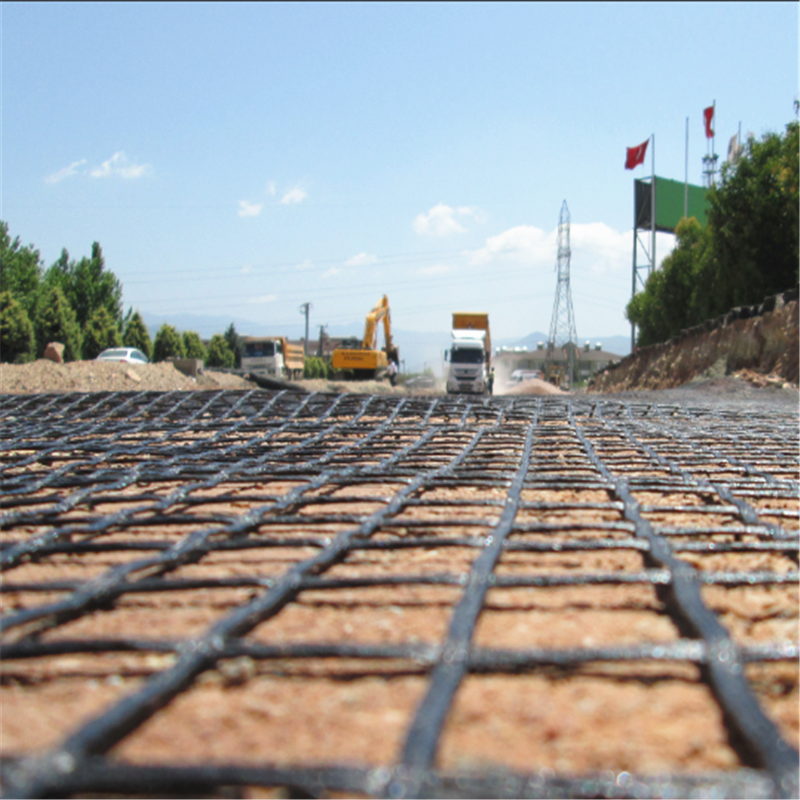Due to the commercial production of β-glucanase preparations, barley can be added as feed ingredients to poultry diets without reducing the production performance of poultry and producing sticky feces due to high beta-glucan levels (Campbell and Bedford, 1992). At present, β-glucanase has been widely used in the world barley producing area. However, research reports on the effects of heat treatment on beta-glucanase added to feed are still limited.
Eeckhout et al. (1995) measured beta-glucanase activity in commercial piglets conditioned at 50-95 °C and granulated at 72-91 °C. The results showed that even at the lowest temperature, the β-glucanase activity in the feed lost 40% after processing, while at the highest temperature, only 7% of the activity was preserved, and 2/3 of the activity was in quenching and tempering. Lost during the period. On the other hand, Esteve-Garcia et al. (1997) found that the β-glucanase added to broiler chickens retained most of the activity after nearly 80 degrees Celsius tempering and granulation temperatures. The enzyme used is made into fine particles. This indicates that the β-glucanase can be added to the feed in a stable form.
At least 2 trials tested the performance of broiler chicks after feeding the heat-treated enzyme supplement diet. McCracken et al. (1993) added a stable form of commercial enzyme mixture to the barley basal diet containing beta-glucanase and xylanase activity, and the diet was heated at 85 degrees Celsius before granulation. minute. The results showed that the diet was heat treated without supplementing the exogenous enzymes, which reduced the apparent digestibility of the feed nutrients, increased the viscosity of the intestinal contents of the broiler chicks, and reduced the dry matter content of the feces; Heat treatment in the case of a source enzyme increases the digestibility of the feed nutrient and eliminates the adverse effects caused by the heat treatment. This fully demonstrates that the enzyme remains active at 85 degrees Celsius. Vukic-Vranjes et al. (1994) determined the effect of adding a commercial enzyme mixture to two diets, one of which contained 20% barley. The enzyme mixture contains beta-glucanase, xylanase, amylase and pectinase activities. The two diets are tempered at 70-75 degrees Celsius and granulated or extruded at 110-120 degrees Celsius. Extrusion has an adverse effect on chick performance compared to granulation. At the same time, extrusion puffing also increases the in vitro viscosity of the feed, indicating that the high temperature increases the solubility of the non-starch polysaccharide in the feed. Whether the granulation or squeezing of the diet, the supplemental enzyme mixture improved the performance of the chicks, indicating that the enzyme still survived the processing of the extruded puff. Studies by Vukic-Vranjes et al. (1994) also showed that supplementation of the enzyme mixture in the diet reduced the viscosity of the feed extract, indicating that the feed was enzymatically stored before the chicks were fed. They can't rule out the presence of enzyme activity in the feed even before they are processed.
Inborr and Bedford (1994) measured the enzyme activity in supplemented and heat treated feeds and the performance of broilers fed the feed. As a result, it was found that the β-glucanase added to the barley basal diet (which is the same product as the enzyme used in McCracken et al. in 1993) was significantly inactivated after the diet was tempered and granulated at 75 degrees Celsius. Modulation at 95 degrees Celsius for 30 seconds and 15 minutes lost beta-glucanase activity by 84% and 91%, respectively. Inborr and Bedford (1994) attempted to determine whether the determination of enzyme activity in vitro and in vivo is the most accurate method to evaluate the effect of processing on enzyme activity. The results showed that the recovery rate of enzyme activity was highest at the lowest processing temperature and lowest at the highest processing temperature, but the results could not be accurately reflected by the production performance of broilers. The highest value of broiler body weight gain and the lowest value of the feed weight gain ratio were obtained at a moderate temperature (85 degrees Celsius). Obviously, the enzyme remains active at this temperature, and the positive effect of heat treatment exceeds the negative effect of enzyme inactivation.
Pickford (1992) showed that the stabilization of β-glucanase protects it from the granulation temperature of 75 degrees Celsius, but does not withstand the granulation temperature of 95 degrees Celsius. Cowan and Rasmussen (1993) reported that the commercial β-glucanase was significantly inactivated at a granulation temperature of 65 ° C or higher, but if the product was smeared, it was protected from the granulation temperature of 75 ° C. Both reports are very short, and research reports on improving the thermal stability of β-glucanase are very limited.
The Geogrid including Polyester Geogrid, Fiberglass Geogrid, Steel Plastic Composite Geogrid and Plastic Geogrid.
The geogrid is a major geosynthetic material. Compared to other geosynthetic materials, it has unique performance and efficacy. Commonly used for reinforcement of soil structure or reinforcement of composite materials.
The uses of geogrid: It is suitable for embankment and embankment reinforcement slope protection tunnel wall reinforcement large airport parking lot wharf cargo yard and other permanent bearing foundation reinforcement.
The feature of geogrid:
The high strength creep can adapt to all kinds of environment soil, and can satisfy the use of high grade highway retaining wall.
It can effectively improve the locking and occlusion of the reinforced bearing surface, greatly enhance the bearing capacity of the foundation, effectively restrain the lateral displacement of the soil, and enhance the stability of the foundation.
More suitable for deep-sea operations, embankment reinforcement, fundamentally solve the other materials do stone cage due to long-term erosion by the sea caused by low strength, poor corrosion resistance, short service life and other technical problems.
It can effectively avoid the construction damage caused by the crushing and destruction of machinery and tools in the construction process.

Geogrid
Steel Plastic Geogrid,Polypropylene Geogrid,Stretch Plastic Geogrid,Biaxial Plastic Geogrid
ANPING COUNTY SHANGCHEN WIREMESH PRODUCTS CO.,LTD , http://www.scwiremesh.com